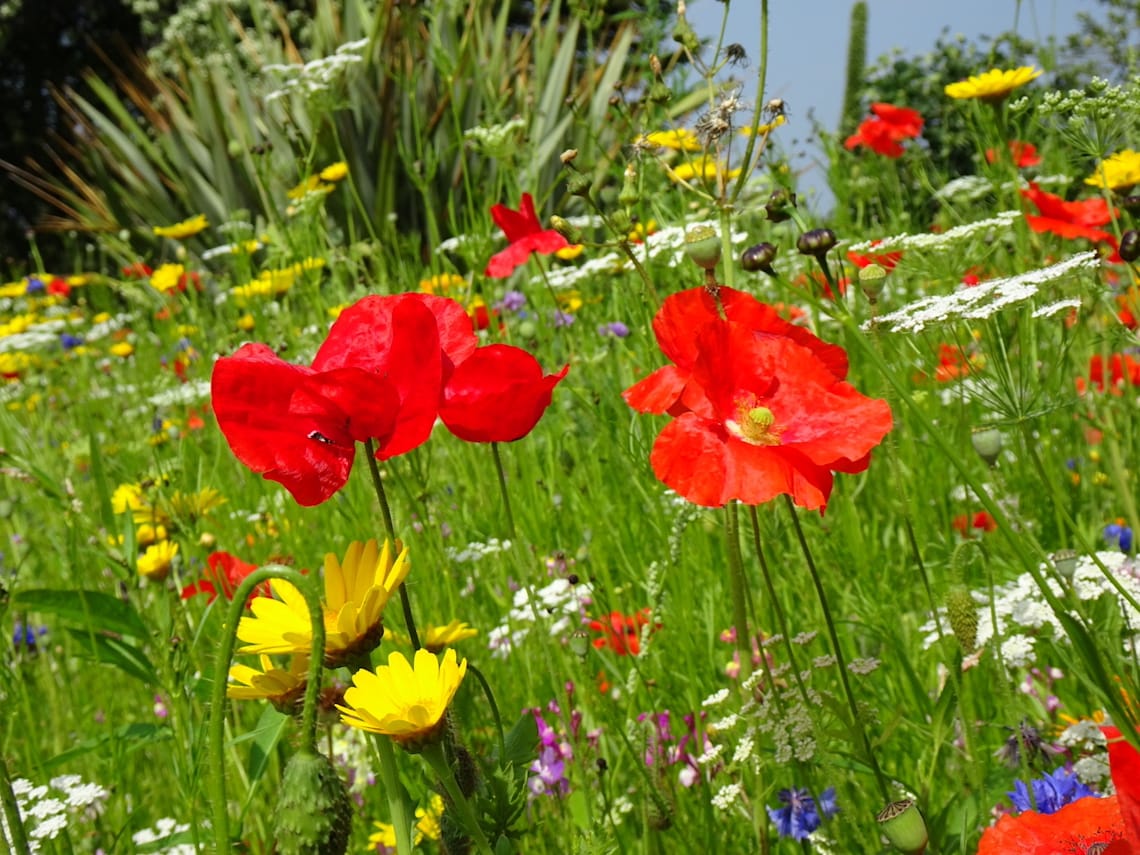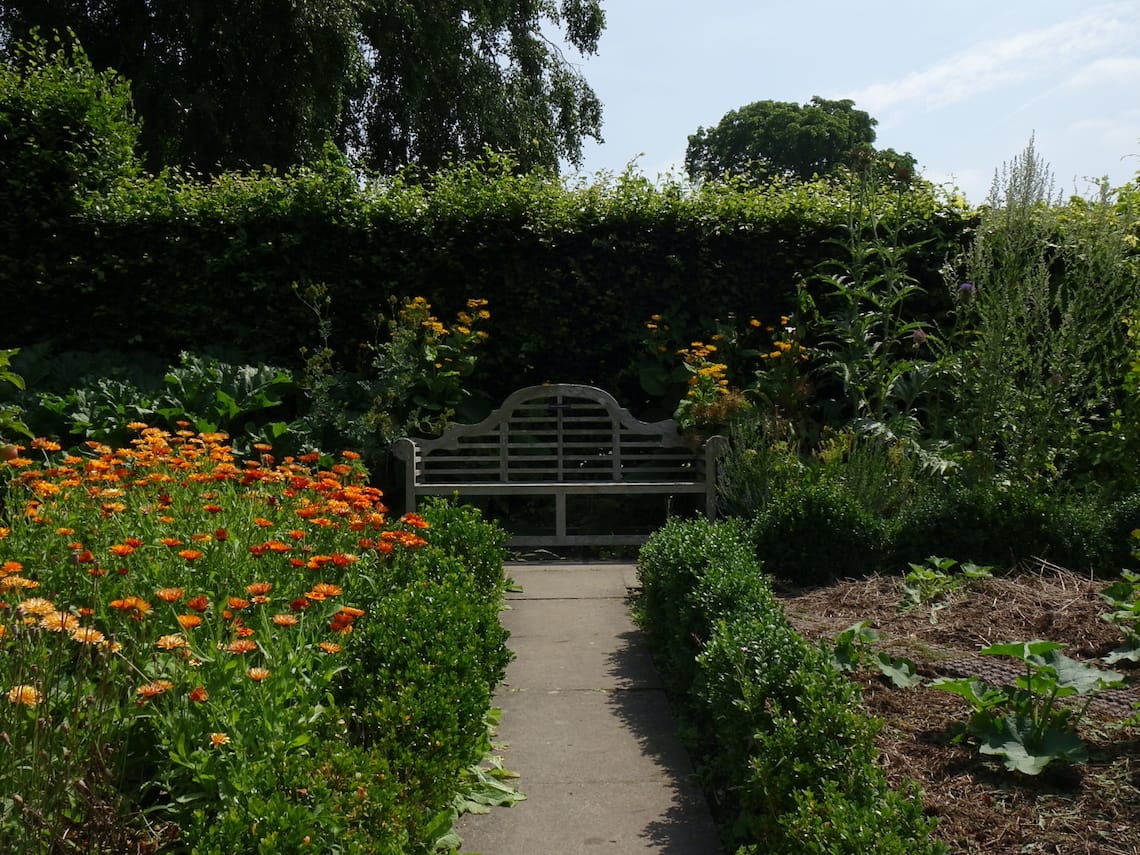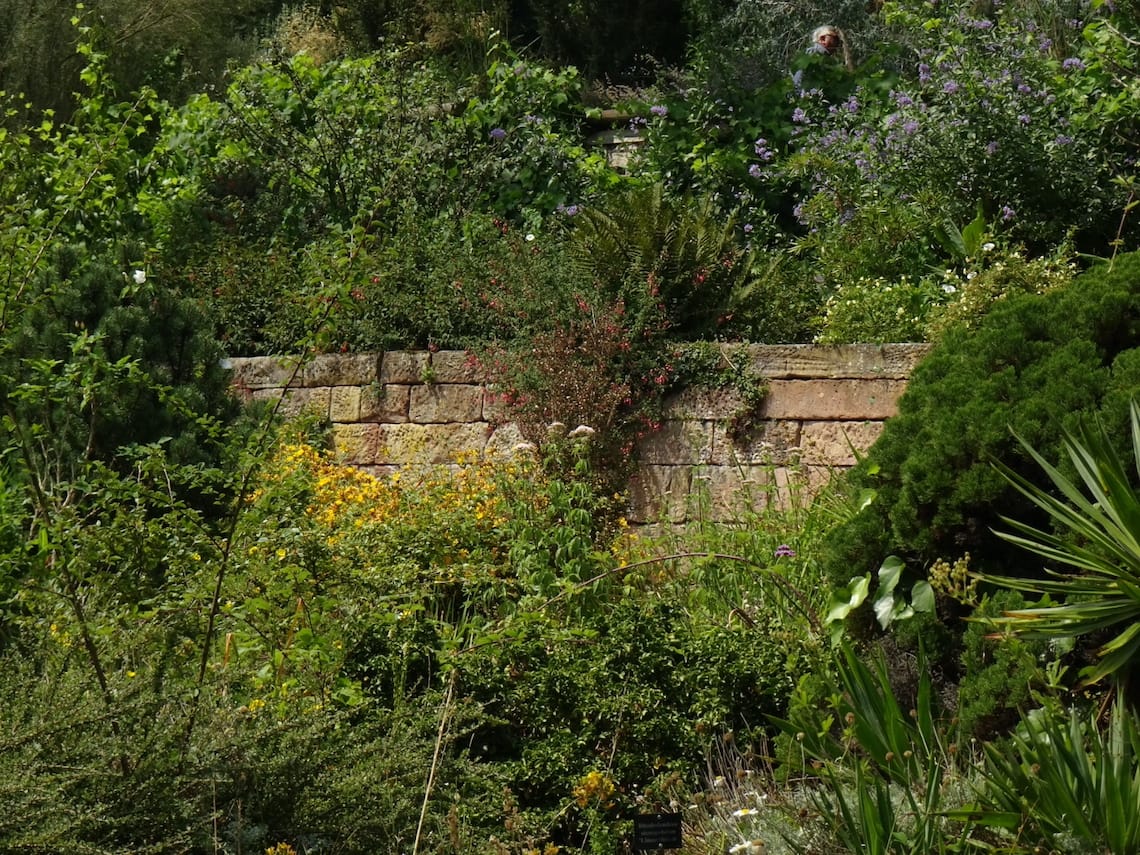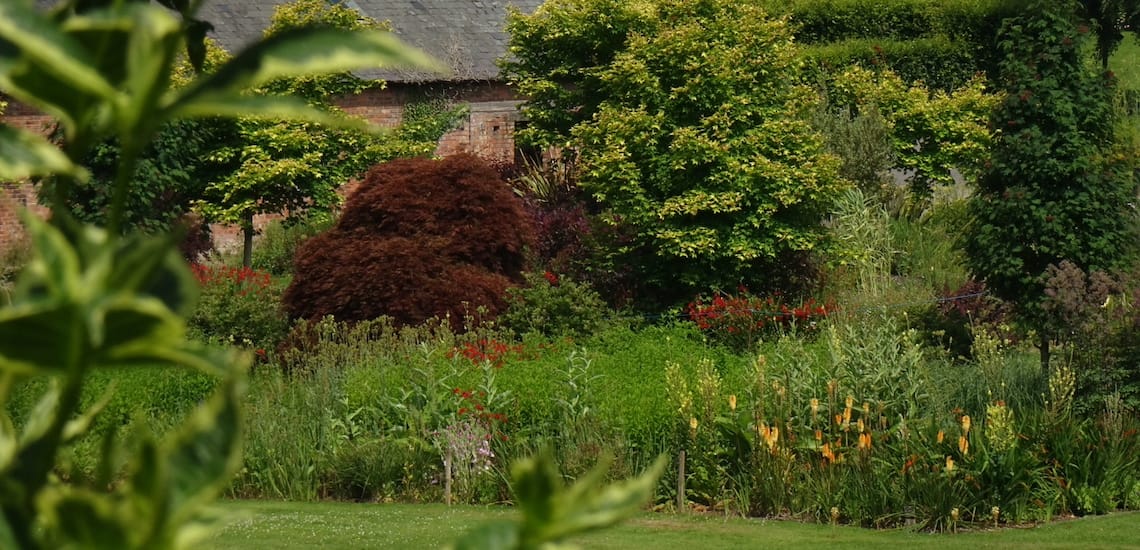Share
8 September 2021
How To Design A Garden Bed
Being able to look out of your windows at home and see a stunning flower garden stretching out in front of you will always be one of life’s greatest pleasures, especially if you’ve taken the time to design your garden beds yourself and have laid it out exactly as you want.
Gardening is a hugely creative endeavour and one that yields all sorts of positive benefits for our mental and emotional health and wellbeing - something that many of us around the UK discovered over the course of the pandemic, while having to spend increasing amounts of time at home during lockdown.
As with any big project, the key to garden bed success is proper research and planning, especially if you’re new to this particular outdoor pursuit - so here are some top tips from the team here at Gardenstone to help you get going and start seeing beautiful blooms springing up from the ground in next to no time at all.

Consider your colour palette
Once you know what’s going on with your soil, you can start thinking about planting. Colour is, of course, a hugely important factor to bear in mind and it could be a good idea to go for variations of tone in a single colour in each bed throughout the space to help create a sense of unity and flow.
But you can also use complementary tones and shades to create interest here and there, so consult your colour wheel and see which colours work well together.

Think about shape
As important as the colour of your plants is, the shape of them can also be used to amazing effect in your gardens. Do some research into the various flower shapes there are and see if there are any that jump out at you or seem to work well together, everything from buttons and globes to spires, plumes and umbels… you’ll have a great time trying out different ideas!
Decide on a theme
Picking a theme for your garden can help you organise your thoughts, as there’s an awful lot of choice out there and it can quickly become overwhelming if you don’t have an idea of what you like style-wise.
Formal gardens, for example, have a very clear layout and floor plan, with symmetry and balanced design at their heart, while a cottage garden features a vast array of plants that seem to spill out all over the place, with colour everywhere and beautiful floral scents throughout.

Feel the soil
It’s essential that you know what sort of soil you’re dealing with, so that you can decide which plants will thrive and which will struggle to lay down their roots. Soil can be clay,sandy, silt, loam, peat or chalky and you can identify what you have to work with by running it through your hands to see how it feels.
Are you looking for natural stone paving slabs for your garden project? Get in touch with us today to see how we can help.

